
Podcast: Play in new window | Download (Duration: 21:04 — 19.4MB)
Subscribe: Google Podcasts | Spotify | Android | RSS | More
 After the partition of India and Pakistan in 1947, a chef brought the tandoor oven and his tandoori chicken from Peshawar to a new restaurant he opened in Delhi, the Moti Mahal. There, he created makkhani murghi, butter chicken; tandoori chicken in a sauce that combines tomatoes, butter and cream. Seventy years later, the internet was overrun by a recipe for an “easy, authentic, creamy, spicy, and delicious” version of the “traditional Indian restaurant dish”. Urvashi Pitre, who created that recipe, shot to fame and a book deal as the Butter Chicken Lady.
After the partition of India and Pakistan in 1947, a chef brought the tandoor oven and his tandoori chicken from Peshawar to a new restaurant he opened in Delhi, the Moti Mahal. There, he created makkhani murghi, butter chicken; tandoori chicken in a sauce that combines tomatoes, butter and cream. Seventy years later, the internet was overrun by a recipe for an “easy, authentic, creamy, spicy, and delicious” version of the “traditional Indian restaurant dish”. Urvashi Pitre, who created that recipe, shot to fame and a book deal as the Butter Chicken Lady.
The rise of the Butter Chicken Lady fascinated Sucharita Kanjilal, a PhD student at UCLA. Butter chicken is comparatively recent. Tomatoes, a key ingredient in the dish, were adopted very late in India. And the whole notion of recipes is also a relatively recent phenomenon in India. What, she wondered, could tomatoes in Indian recipes say about how new tastes are created.
Notes
- Sucharita Kanjilal’s paper — Beyond Bourdieu: What Tomatoes in Indian Recipes Tell Us about “Taste” — is published in Gastronomica (2021) 21(3) 1–12. There is a lot more in the paper than we were able to cover here.
- Here is the transcript.

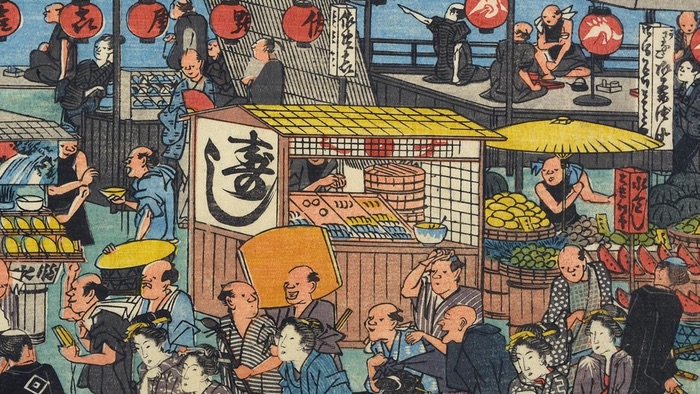

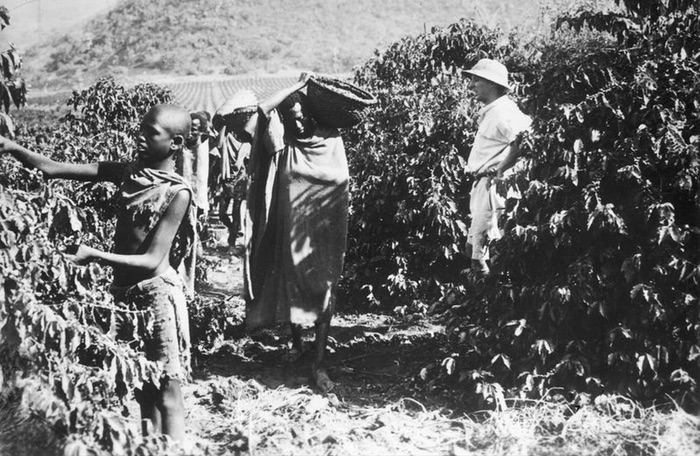
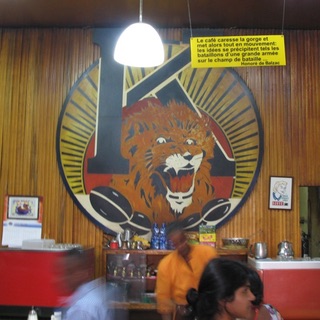 Tomoca Coffee House in Addis Ababa is a lasting reminder of the Italian occupation of Ethiopia. When I visited, almost 10 years ago, a somewhat ancient machine was producing terrific cups of espresso for a huge crowd, and they were doing a roaring trade in beans too. Tomoca is in some ways a symbol not just of Ethiopian coffee, but also of the Italian connection and, at one remove, of the way that coffee ties Italy and Ethiopia to Brazil.
Tomoca Coffee House in Addis Ababa is a lasting reminder of the Italian occupation of Ethiopia. When I visited, almost 10 years ago, a somewhat ancient machine was producing terrific cups of espresso for a huge crowd, and they were doing a roaring trade in beans too. Tomoca is in some ways a symbol not just of Ethiopian coffee, but also of the Italian connection and, at one remove, of the way that coffee ties Italy and Ethiopia to Brazil.
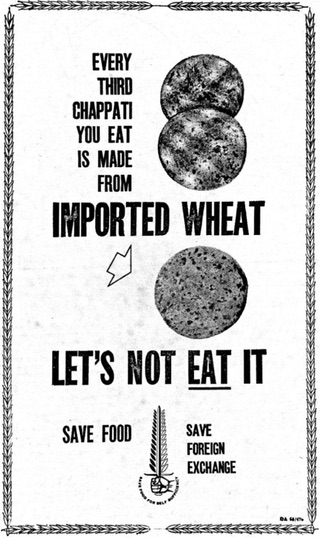
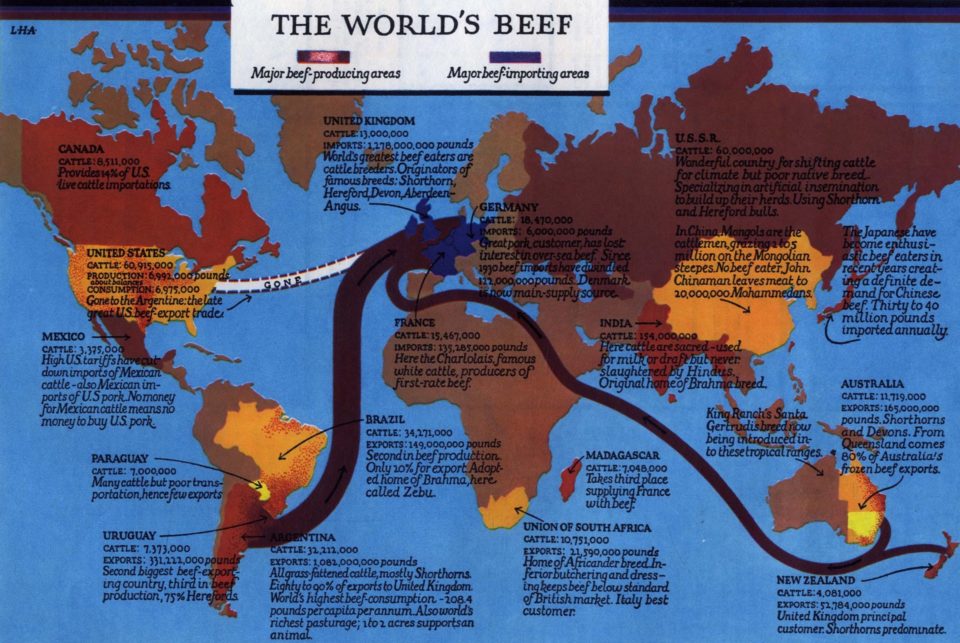
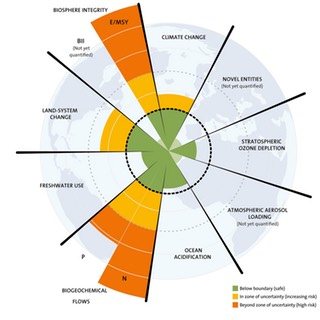 The idea of planetary boundaries, within which human life can “develop and thrive for generations to come”, was launched in 2009. Even then, we had crossed three boundaries, all intimately tied up with food production. But the process of “using up” resources, rather than simply making use of them, to supply our food is a much older pattern. In his book Diet for a Large Planet, Chris Otter, professor of history at Ohio State University, makes a powerful case that it was the British Empire that set the pattern, outsourcing the production of its food around the world. If food could be produced more cheaply elsewhere, then it made sense to do so, as long as the reckoning did not have to account for the wider costs.
The idea of planetary boundaries, within which human life can “develop and thrive for generations to come”, was launched in 2009. Even then, we had crossed three boundaries, all intimately tied up with food production. But the process of “using up” resources, rather than simply making use of them, to supply our food is a much older pattern. In his book Diet for a Large Planet, Chris Otter, professor of history at Ohio State University, makes a powerful case that it was the British Empire that set the pattern, outsourcing the production of its food around the world. If food could be produced more cheaply elsewhere, then it made sense to do so, as long as the reckoning did not have to account for the wider costs.